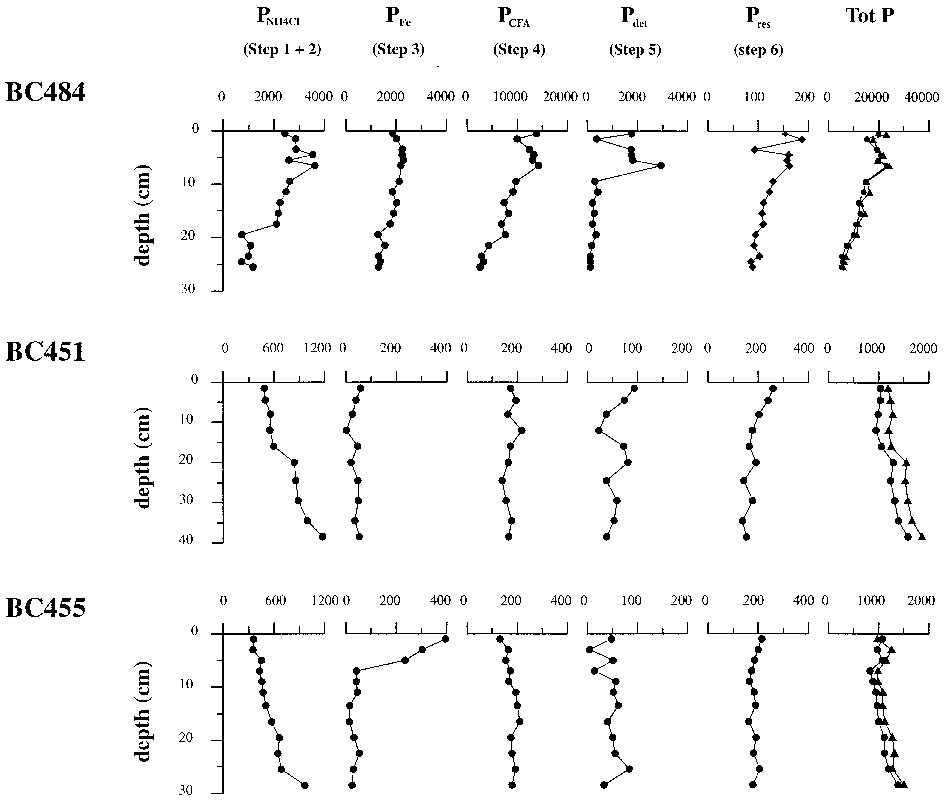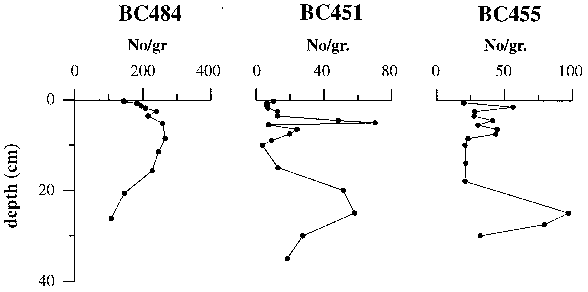Abstract: Cretaceous carbonates up to 600 m in thickness occur in the Mardin region, SE Turkey, and the uppermost parts of these carbonates include phosphorite deposits that represent the easternmost extention of the Tethyan phosphorite belt extending from Morocco to Turkey. The Şemikan phosphorite level of the early Campanian is one of the most important, consisting mainly of cream-colored and locally reddish phosphorites occurring as lenses or concordant blankets within high-grade cream phosphorites. Reddish phosphorite is relatively enriched in Al, Mg, K, Ti, Zr, Ga, Cr, Fe, and rare-earth elements (REEs), whereas cream phosphorite enriched in U, Ca, Na, and Y. Geochemistry of the iron oxide - rich reddish phosphorite beds indicate an intense lateritic weathering on the land, then transportation into the marine environment under warm climatic conditions. The mean δ18OPDB isotope value of the phosphorite-bearing host carbonate section is −5.5‰ (range from −4 to −7.68, n:11), which is lower than the Cretaceous average of English chalk which is around −2.5‰ (Jenkyns et al.,1994) indicating that the seawater in the Derik region was warmer than that of the oceanwater. 87Sr/86Sr isotope values in the phosphorite zone had the highest values, which corresponded to the presence of a peak of the warmer climatic conditions during phosphorite deposition. The lowest carbon-isotope value of the phosphorite– bearing carbonate section is corresponded to oceanic upwelling, which was possibly responsible for the depletion of δ13C during phosphorite deposition. In phosphorite zone, negative Ce anomaly, presence of rare pyrite and red color of phosphorite in depositional environment indicates oxic-suboxic formation condition.












